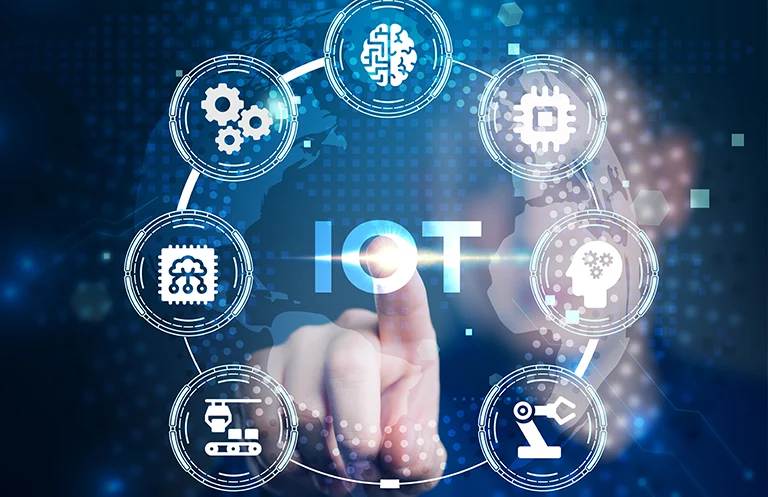The Internet of Things (IoT) is revolutionizing every field of applied engineering be it medical devices, industrial automation, home automation, energy management, health and fitness. It has been estimated by McKinsey that by 2025, IoT will contribute around US$6.2 trillion to global economy, with more than 26 to 30 billion devices having a role in the web revolution by 2020 compared to 7 to 10 billion devices by 2013 (CAGR 15%-20%).
Electronic design is always considered a critical aspect of any product success and the same goes for IoT products. Looking at above market trends, it is important to review key aspects of IoT products for hardware design. Here are a few of them:
Choice of Chipset
This is the most critical parameter for any hardware design. All major silicon vendors in the market – Qualcomm, TI, Freescale, NVidia, Intel have been announcing low power chips and interfaces to support direct sensor integration. As IoT is becoming a major market in all industrial segments, the idea of putting more emphasis on custom chip designs will meet the requirements of each vertical, which is fast becoming a key trend that in the market. The chipset choice should take into consideration all aspects of EMI/EMC requirements, hardware form factor, operational environment requirements and lastly options for direct sensor integration.
How Custom ASIC Platforms Enhance IoT Products
Better Dynamic Power
- Clock gating and clock tree synthesis
- Multibit register
- Low power placement
Power Leakage Savings
- Biasing
- MCMM
- Multi-Vt libraries
Multi-Voltage
- Lower VDD operation
- MV power domain
- DVFS / AVS
Board Design
Electronic design or board design is another important factor which plays a vital role in product success. Form factor, ruggedness, power efficiency, efficient placement and routing of components, quality of PCB material are some major factors to be taken care of before going ahead with the hardware board design for IoT. Wearables are critical in terms of board design.
Integration with Cloud
Cloud integration is an important functionality for any IoT device. The design needs to have option to connect to the web via wireless/wireline media. Chipsets with onboard analytics are available now which can run complex analytical algorithms and send only sensible data to the cloud.

Huge Transformation to customers
Affordable, Accessible, Quality

Creating lucrative opportunities for organizations
IoT + Cloud + Big Data

Data management software is gaining high market traction with the help of
Cloud and predictive analytics
Certification Requirements
Certification requirements are critical for wearables and IoT devices specifically targeted for medical applications. EMI/EMC/FCC/FDA guidelines need to be strictly abided to avoid hassles of any last-minute design changes.
RELATED BLOG
Design Modularity
Design modularity is another important factor that needs to be taken care of while designing any IoT product. The design should be open enough to accommodate future hardware/ firmware upgrades without much effort. In a way, the designs should be future proof to ensure maximum return on investment.
Looking for custom hardware design services in embedded systems?Let’s Connect












